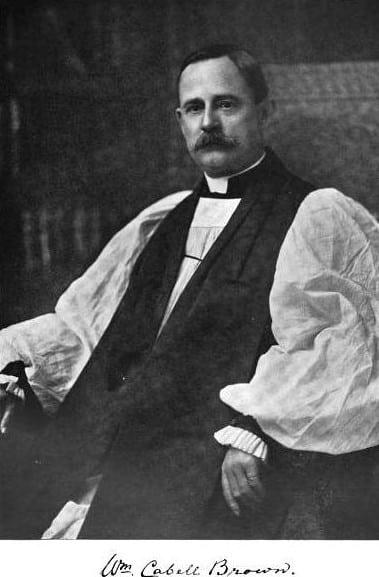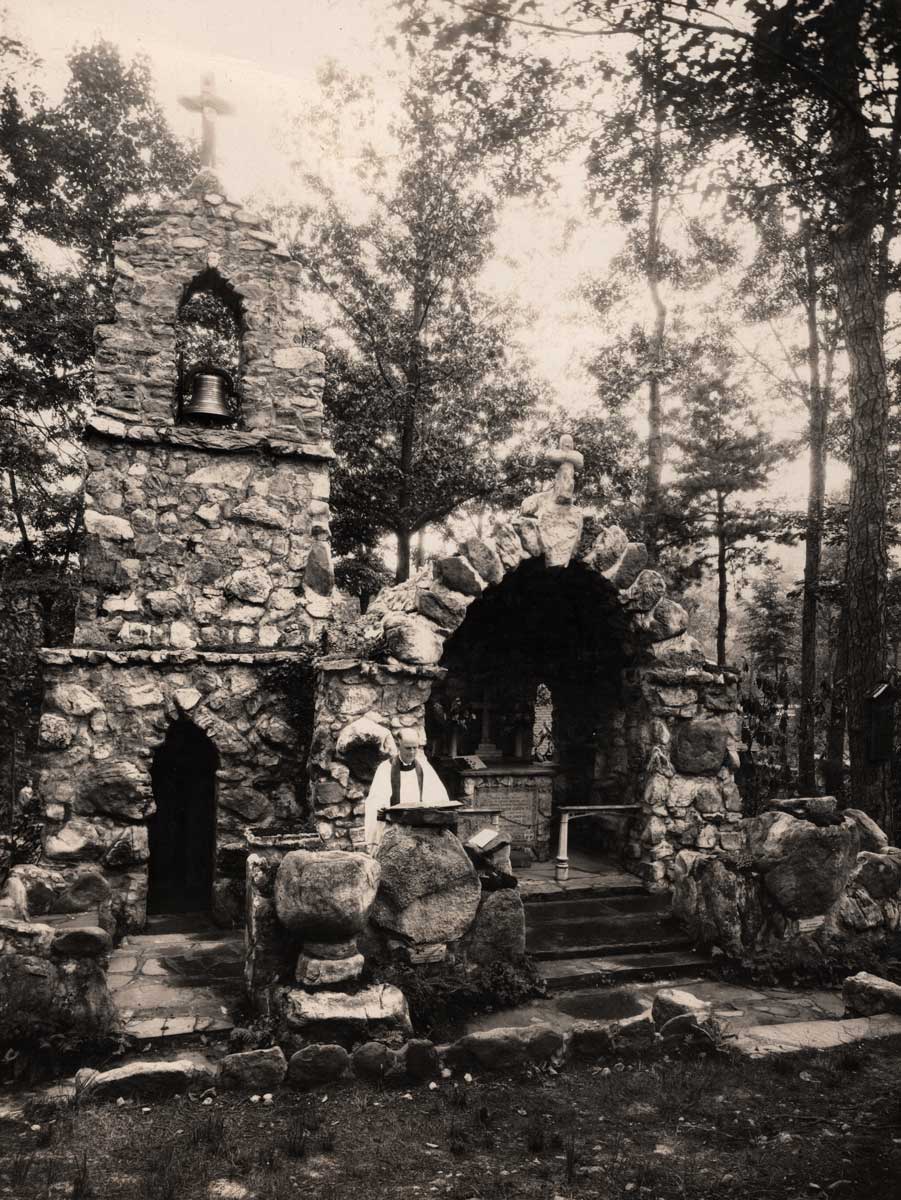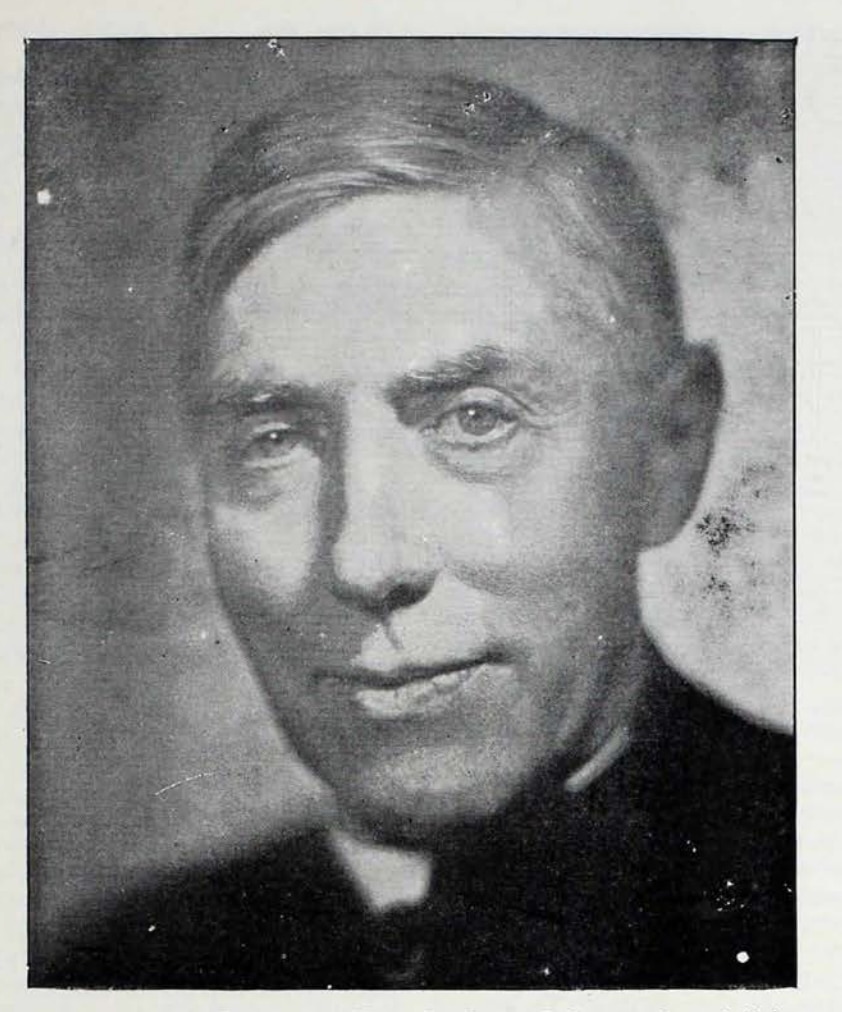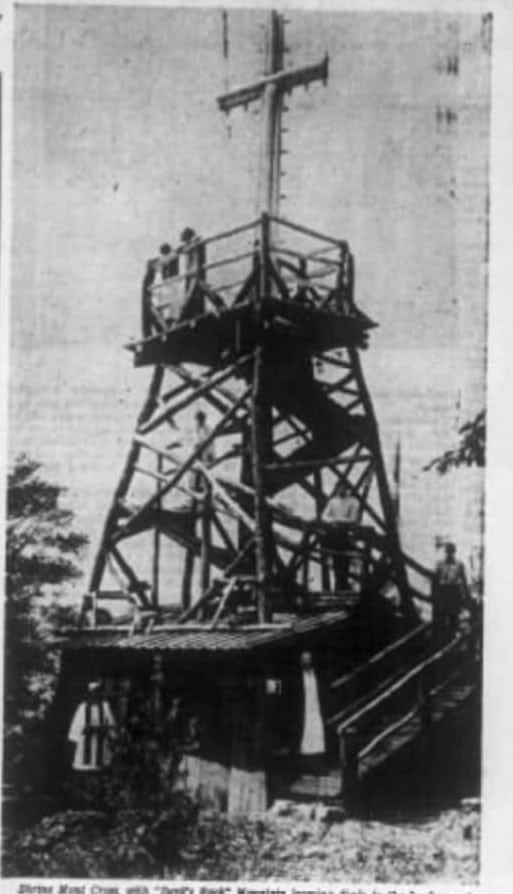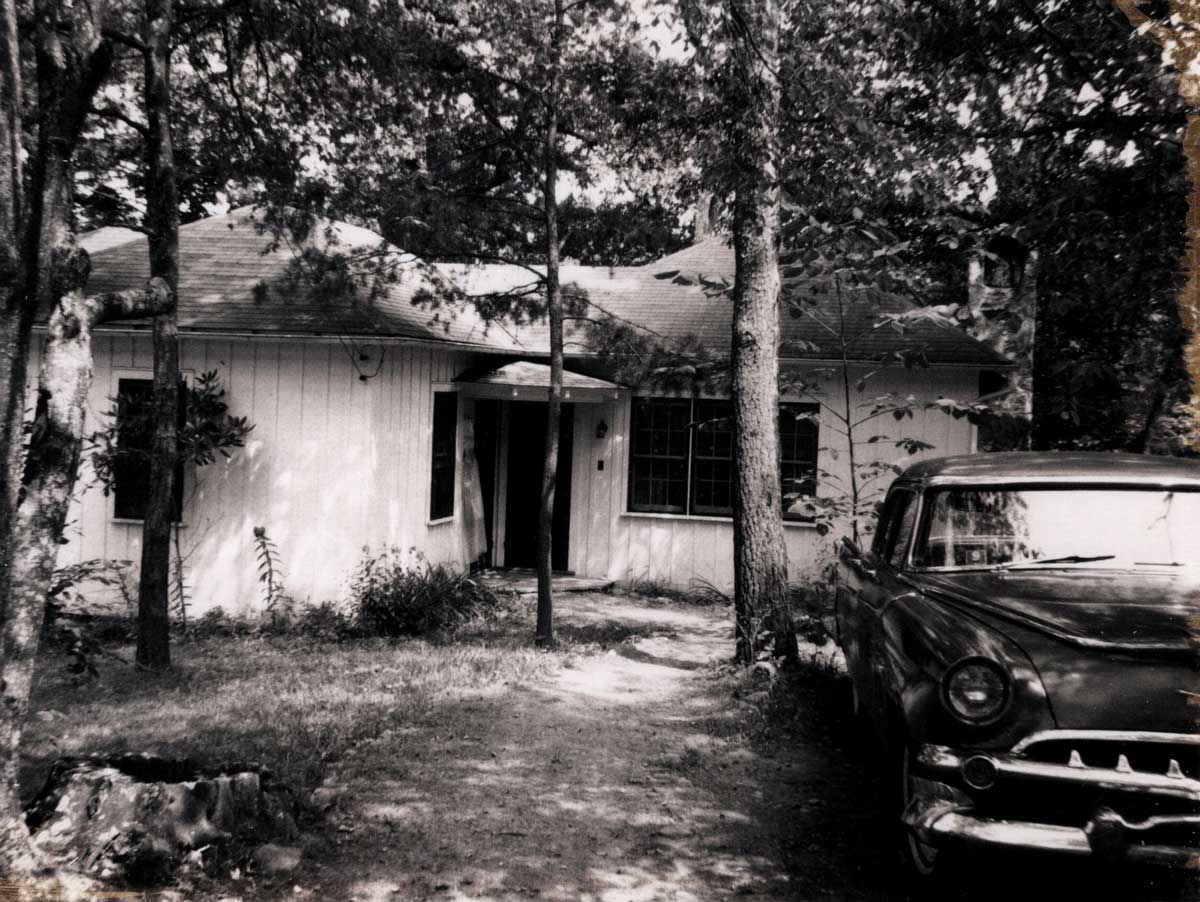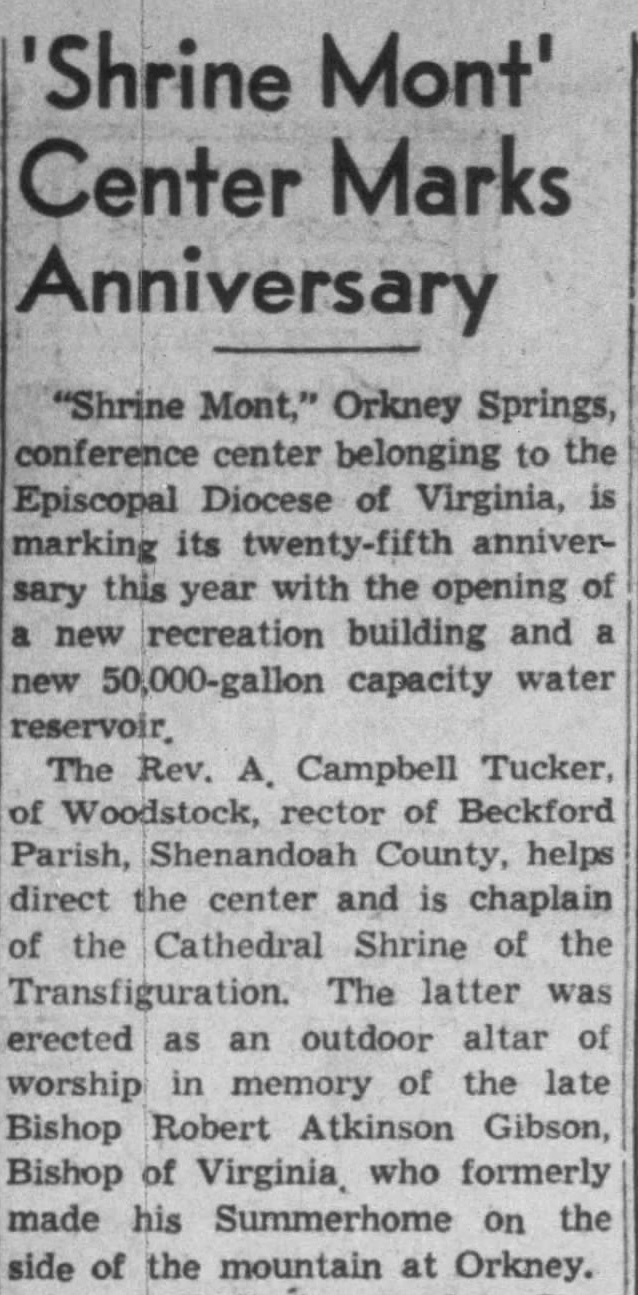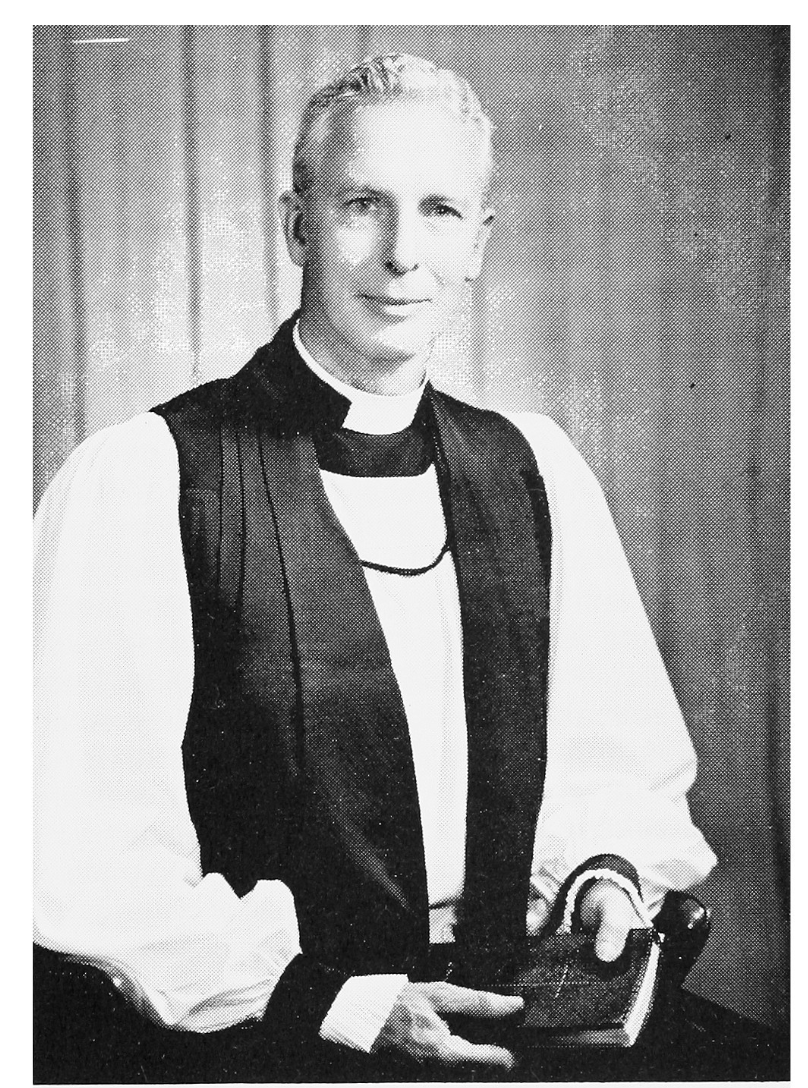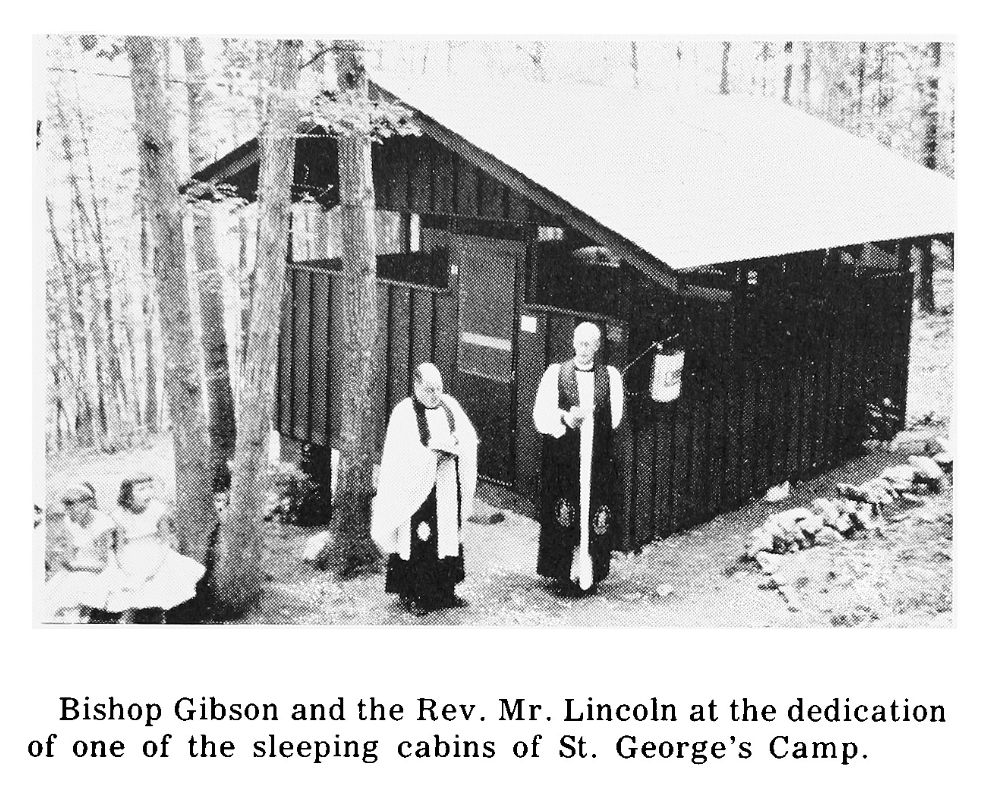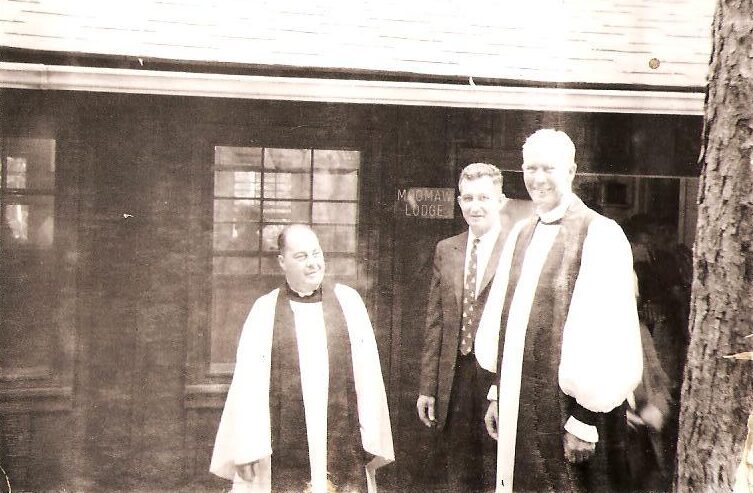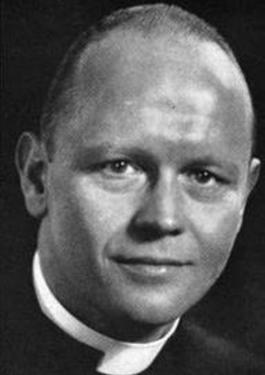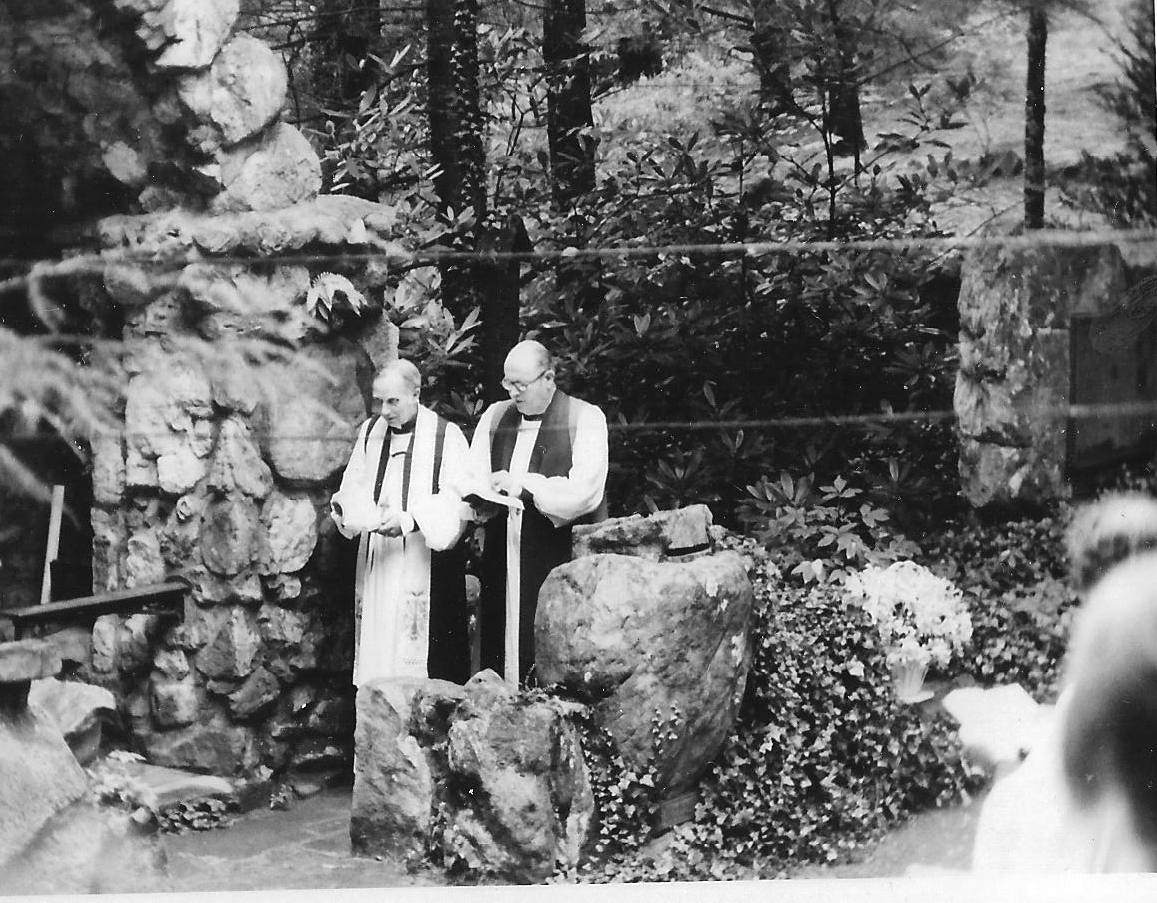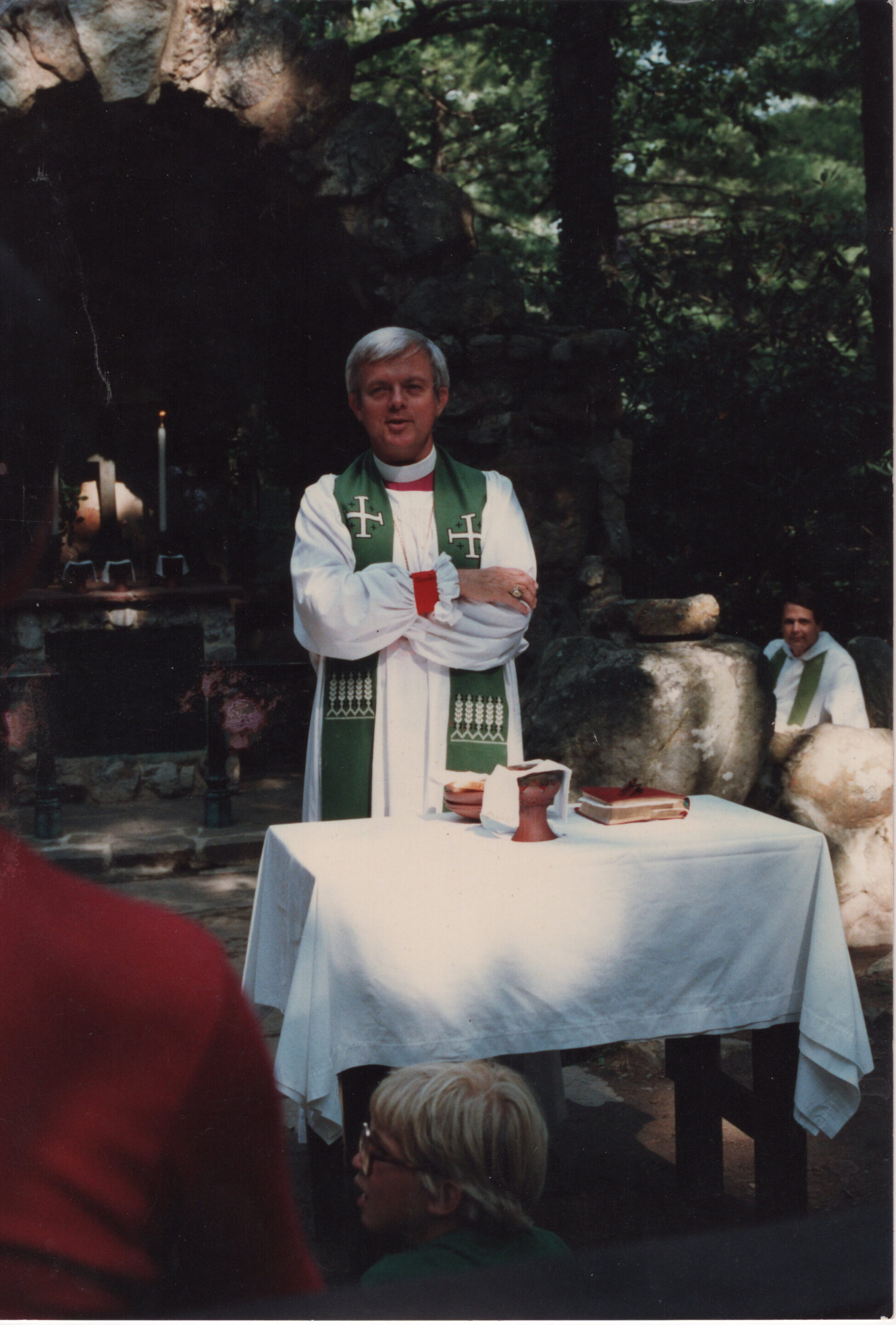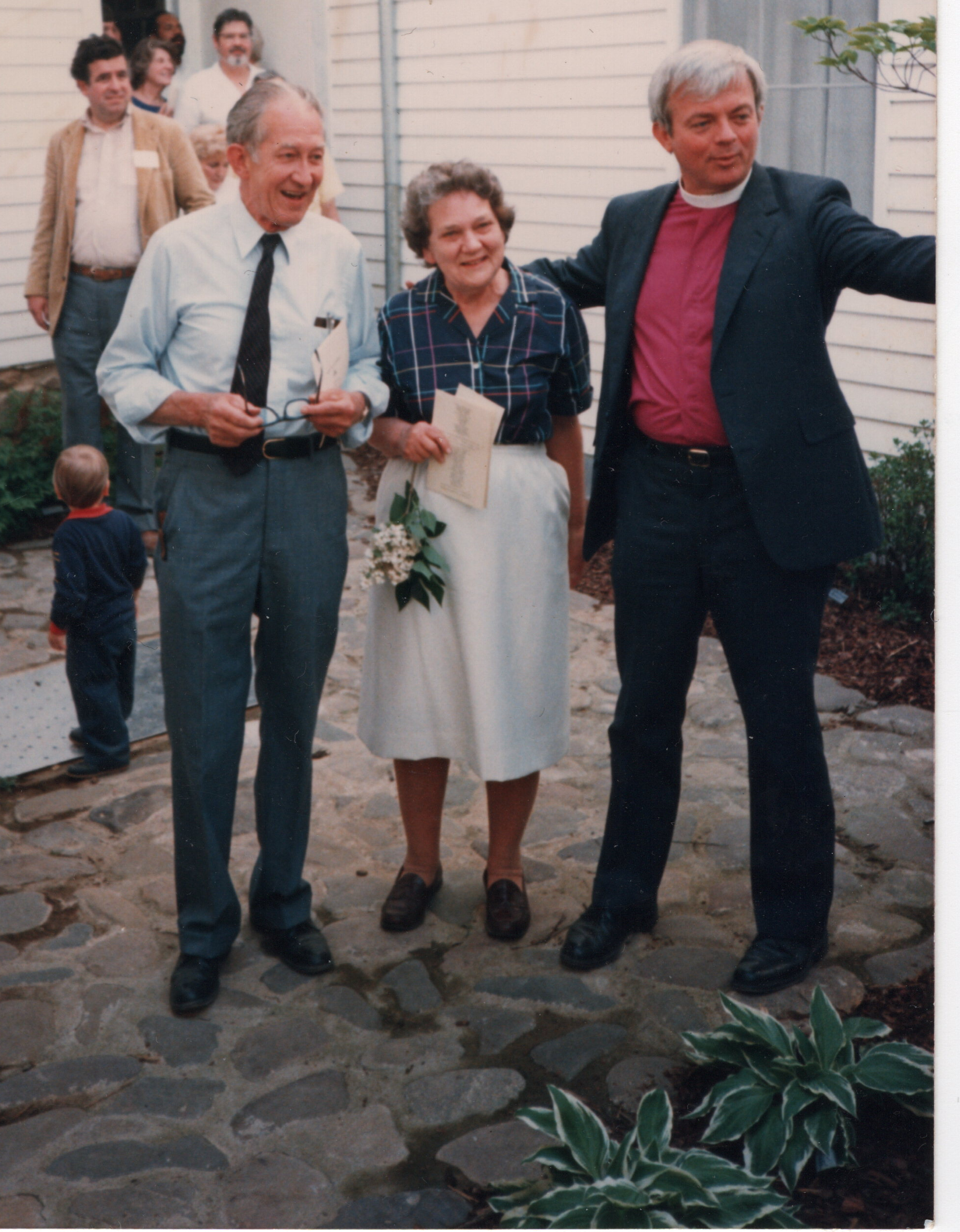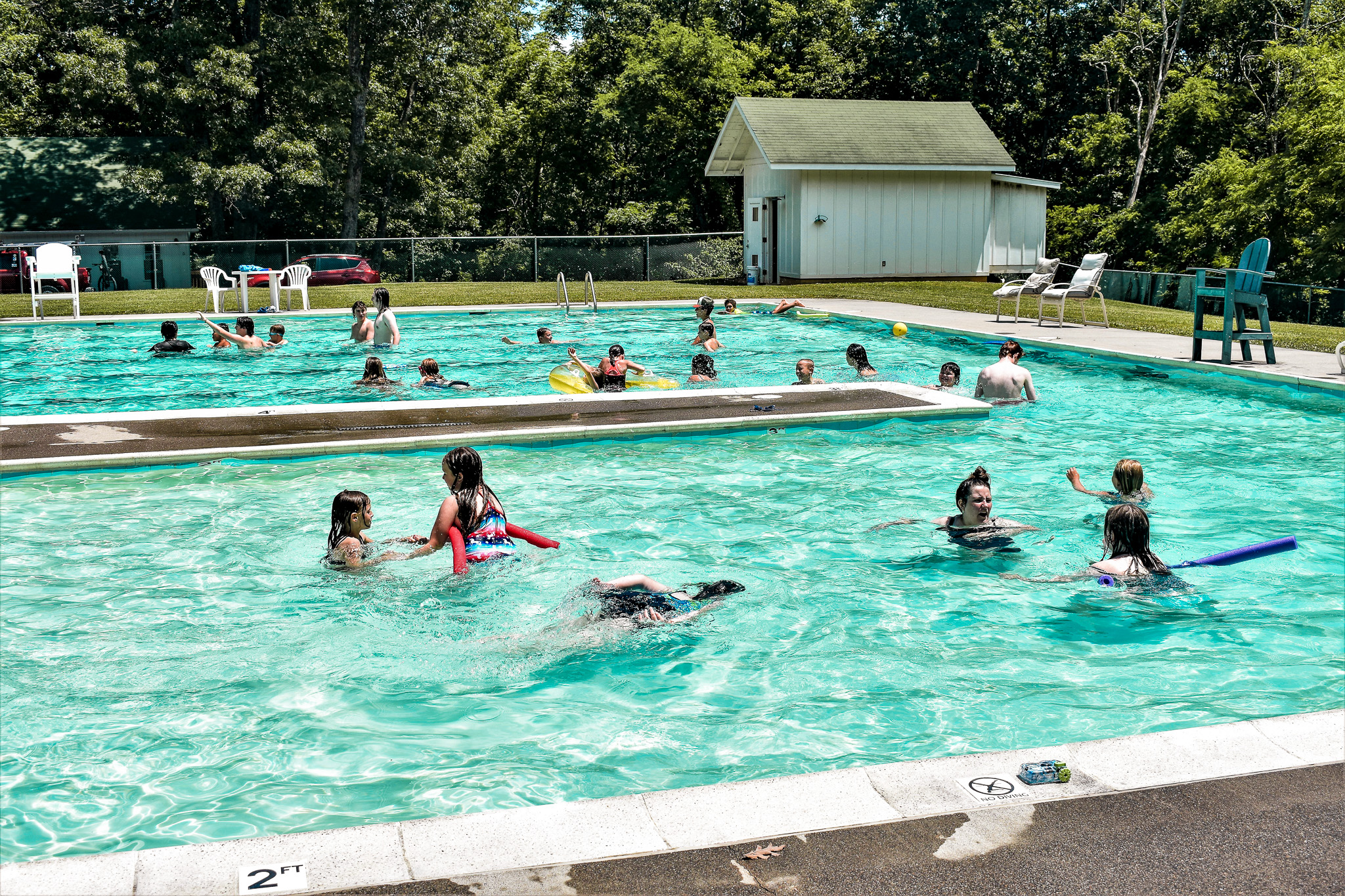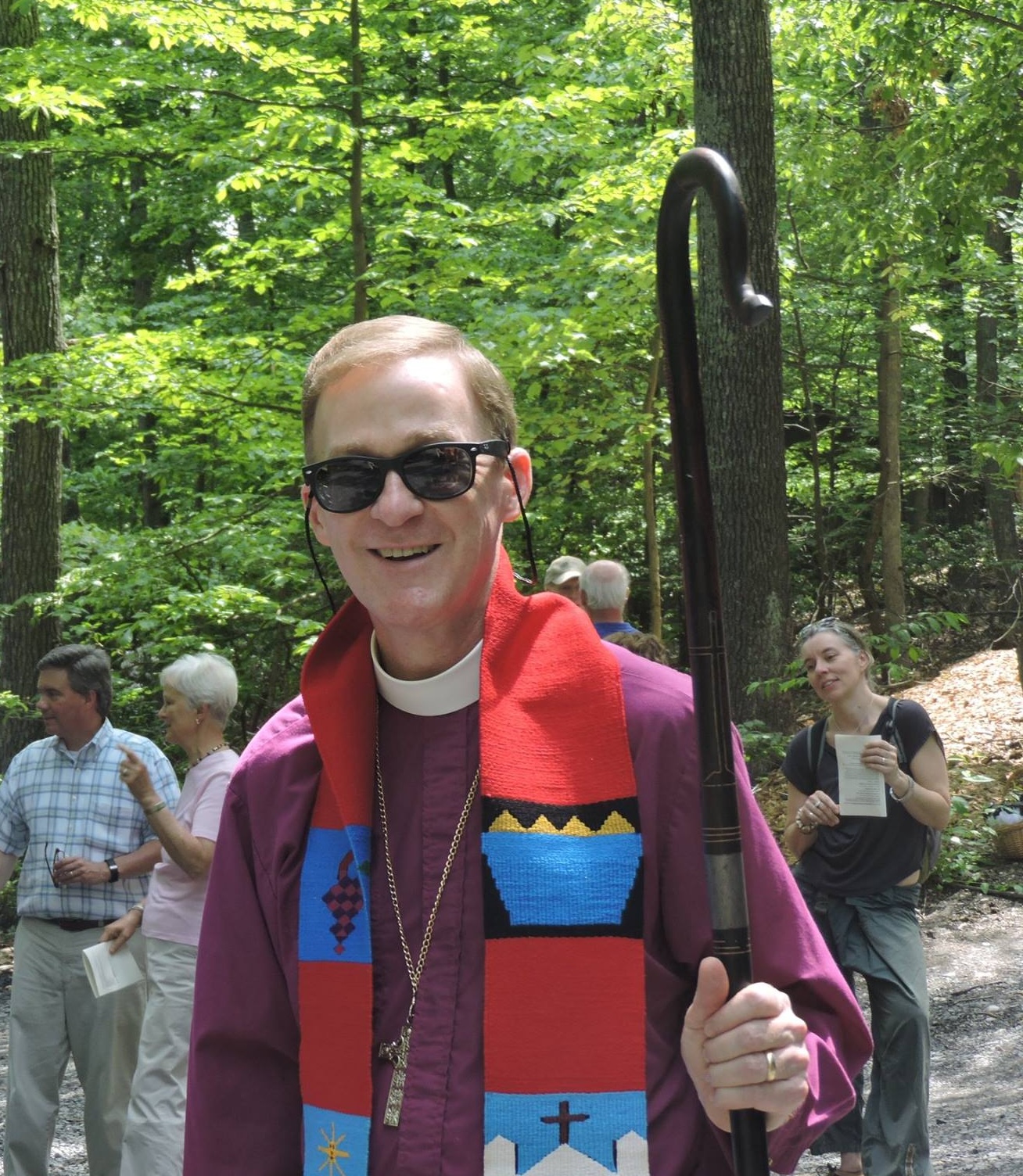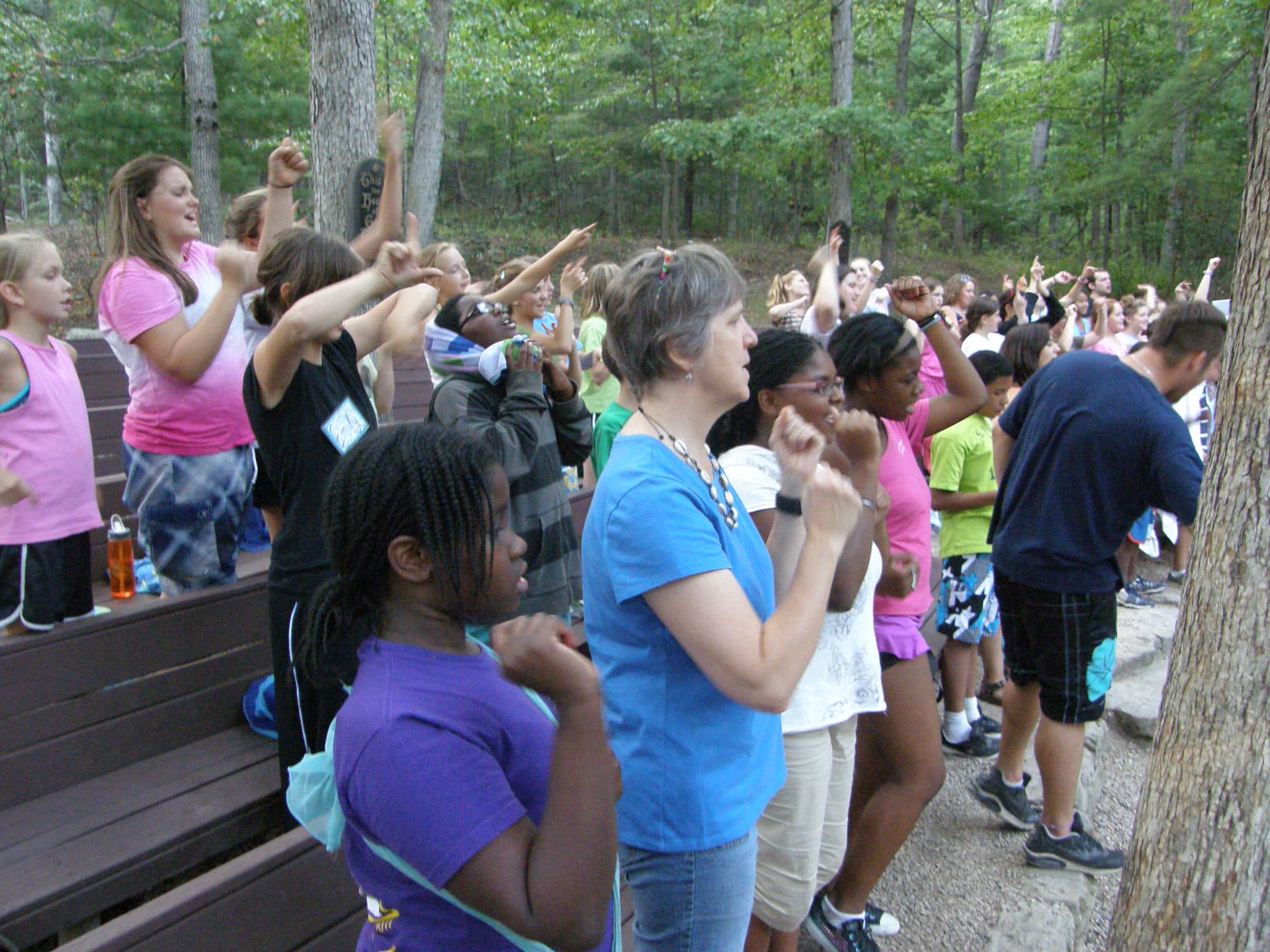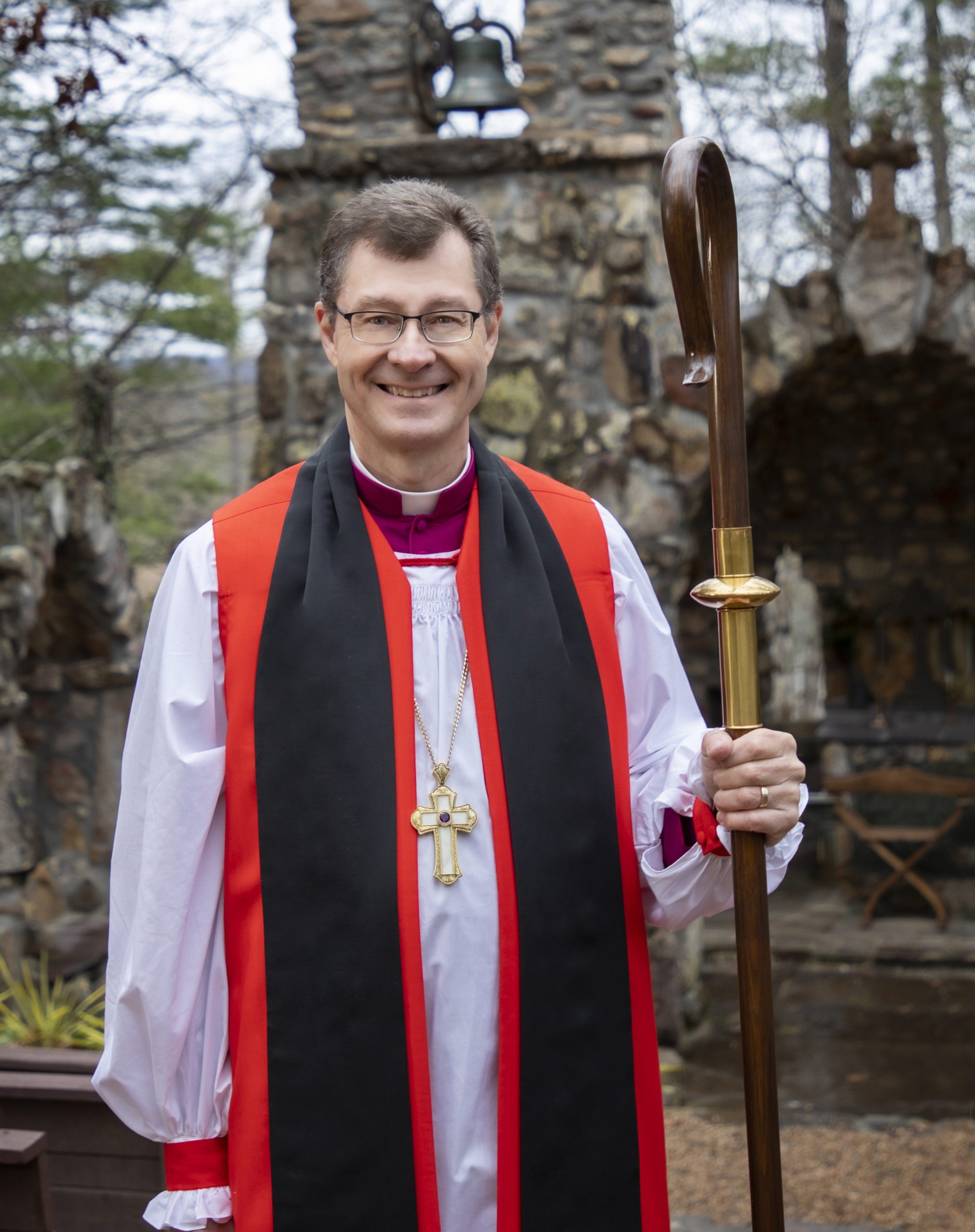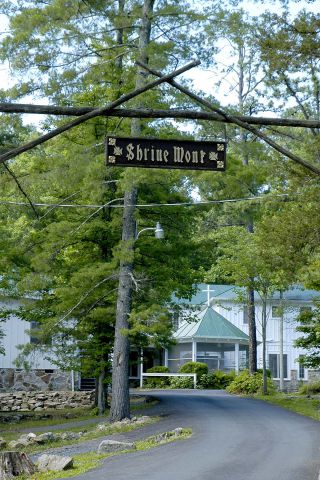Shrine Mont, home to the beloved outdoor cathedral of the Diocese of Virginia, marks 100 years on Aug. 6 with an evening service led by former Presiding Bishop Michael Curry.
While a false perception persists that the diocese supports Shrine Mont financially, the retreat and conference center developed significantly as “a place apart” through the key support of the eight bishops (and one ecclesiastical authority) who served across those 10 decades.
“I give thanks to God for 100 years of faithful ministry at Shrine Mont,” said Bishop E. Mark Stevenson. “May it continue—by God’s grace—to be a sacred place of welcome, formation, and renewal, where disciples are shaped to share Christ’s love with the world.”
“We’ve always had a relationship of financial independence,” said Shrine Mont Director of Development Kirk Gibson, the great-grandson of Bishop Rt. Rev. Robert Atkinson Gibson.
“The diocese does what they do so well, which is programming and outreach into the parishes. And what Shrine Mont does is provide the facility, amenities, meals, and hospitality. Our 100 years of success is because of that tight relationship with the diocese and that very clear distinction in what we do and what the diocese does.”
For this feature story, Shrine Mont archivists John Chilton and Carolyn Moomaw Chilton provided insights into how each bishop influenced Shrine Mont’s growth. Another resource was the archival publication, “The Cathedral Shrine of the Transfiguration and Shrine Mont,” by George J. Cleaveland. (Photo credits: Shrine Mont Archives)
1.
1919-1927
Rt. Rev. William Cabell Brown
7th Bishop
Bishop Brown consecrated what his predecessor, Rt. Rev. Robert Atkinson Gibson (1902-1919), had begun on 12 acres around the turn of the century. Gibson had sought a summertime escape from the heat of Richmond; his charismatic son-in-law, Dr. Edmund Lee Woodward, was the powerhouse behind the vision of Shrine Mont.
Shortly after Bishop Gibson died in 1919, the Shrine of the Transfiguration was built where he liked to sit on a bench between a chestnut and a pine, resting, reading, meditating, and praying. In 1925, Brown consecrated the Shrine.
The Diocese of Virginia “is unique in being very low church, to the point that in the 1800s the bishops wanted the altars to be very plain and you couldn’t even have a candle. Virginia never built a fancy cathedral, and when they decided on one, it wasn’t going to be in Richmond. It was out in the boonies.”
2.
1927-1944
Rt. Rev. Henry St. George Tucker
8th Bishop
The plan for Shrine Mont received Bishop Tucker’s “hearty approval provided it was not included in the diocesan budget and that it was developed on a pay-as-you-go basis,” Cleaveland wrote.
Bishop Tucker and Woodward were close friends and Virginia Theological Seminary classmates. Tucker, who was well known nationally, frequently was at Shrine Mont. “He really contributed his presence” — even more so when he became Presiding Bishop and kept his role in Virginia, the last priest to do both jobs at the same time.
3.
1945-1961
The Rt. Rev. Frederick Deane Goodwin
9th Bishop of Virginia
Bishop Goodwin supported the new idea of spiritual formation outside of the pews, which sparked more programs, conferences, and visitors at Shrine Mont. “The idea is that you need to get away, and Bishop Goodwin hired the person who started this.”
That was Jim Lincoln, and then came Wilmer E. Moomaw to manage Shrine Mont, the first of three generations of Moomaws to do so.
4.
1962-1974
Rt. Rev. Robert Francis Gibson
10th Bishop of Virginia
5.
1974-1984
Rt. Rev. Robert Bruce Hall
11th Bishop of Virginia
Under Bishop Hall, Shrine Mont acquired the Orkney Springs Hotel and its 965 acres. This major takeover made the Bishop of Virginia the sole holder of the hotel corporation stock, but he did not make a fuss. Shrine Mont celebrated 50 years.
“Instead of sending a fancy Richmond lawyer to do it, Bishop Hall trusted the leadership that was in place. Wilmer E. Moomaw negotiated the deal, and when the contract was presented to Bishop Hall for his signature, he said, ‘I don’t need to read it over.’ And he just signed it and gave it back. He was hands off.”
6.
1985-2009
Rt. Rev. Peter James Lee
12th Bishop of Virginia
Shrine Mont celebrated 75 years under Bishop Lee, who supported the purchase and development of two campsites that increased the number of young people and counselors coming to Shrine Mont. He also started the Shrine Mont Bluegrass Festival.
Putting down his own roots, he bought a cottage that he later bequeathed.
7.
2009-2022
Rt. Rev. Shannon S. Johnston
13th Bishop of Virginia
Bishop Johnston “broadened what Shrine Mont was for people’s spirituality and spiritual life. He helped build the stone labyrinth, and it was named in his honor. The chaplain program grew under him and the diversity of Shrine Mont Camps. He was very intentional about including LGBTQ visitors.”
Through Bishop Johnston, Shrine Mont established a fundraising team. A successful capital campaign led to significant cabin improvements and a scholarship fund so that more people could access Shrine Mont Camps.
8.
2018-2022
Rt. Rev. Susan E. Goff
Ecclesiastical Authority
Goff provided calm, steady leadership in a tumultuous time after her predecessor’s abrupt departure.
COVID-19 shut down much of the hospitality industry, but Shrine Mont re-opened with safety measures in place. Adaptability was critical to survival.
“She was very supportive of Shrine Mont’s innovation. People from one family would be in the same cottage, and staff would deliver their meals by golf cart. Other people spread all over the place eating outside, including picnic tables in the pavilions. She wrote to the churches of the Diocese who had to cancel their conferences at Shrine Mont, ‘We hope you will not ask for your deposit back.’ Things like that helped Shrine Mont financially make it through the pandemic.”
9.
2022-Present
Rt. Rev. E. Mark Stevenson
14th Bishop of Virginia
Bishop Stevenson was the first bishop to have his official portrait made at the Shrine of the Transfiguration. The backdrop highlights a destination that sets apart the Diocese of Virginia.
“Bishop Stevenson is recognized for his commitment to racial justice. He supported hiring new Canon for Discipleship Ricardo Sheppard and envisions a Shrine Mont with young people who represent the entire Body of Christ.”
